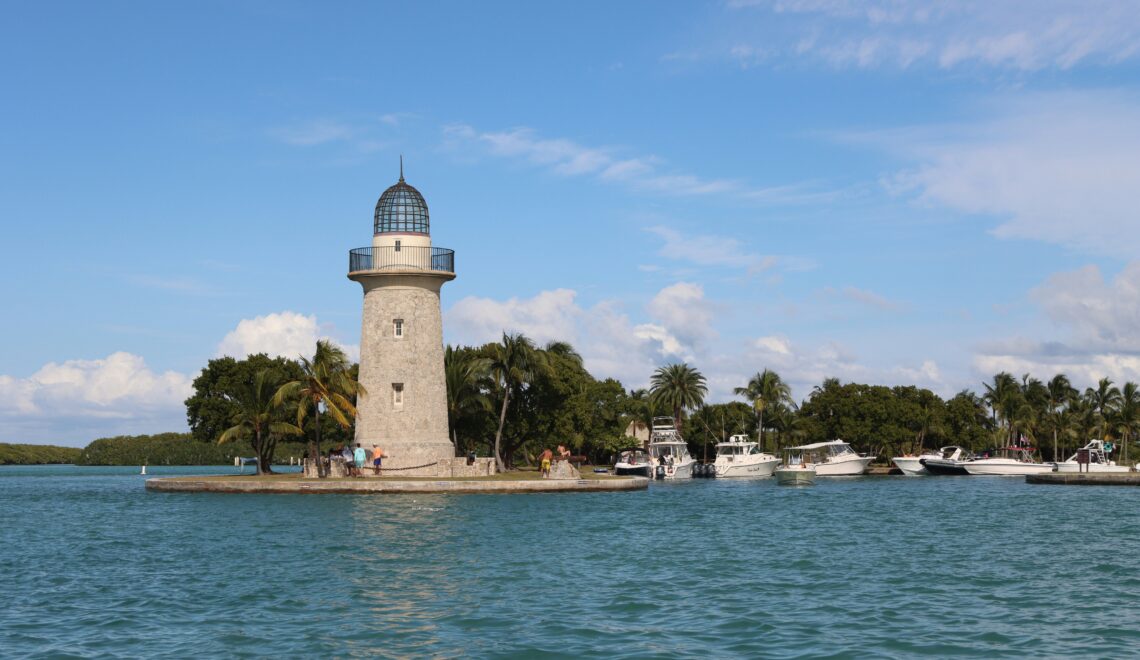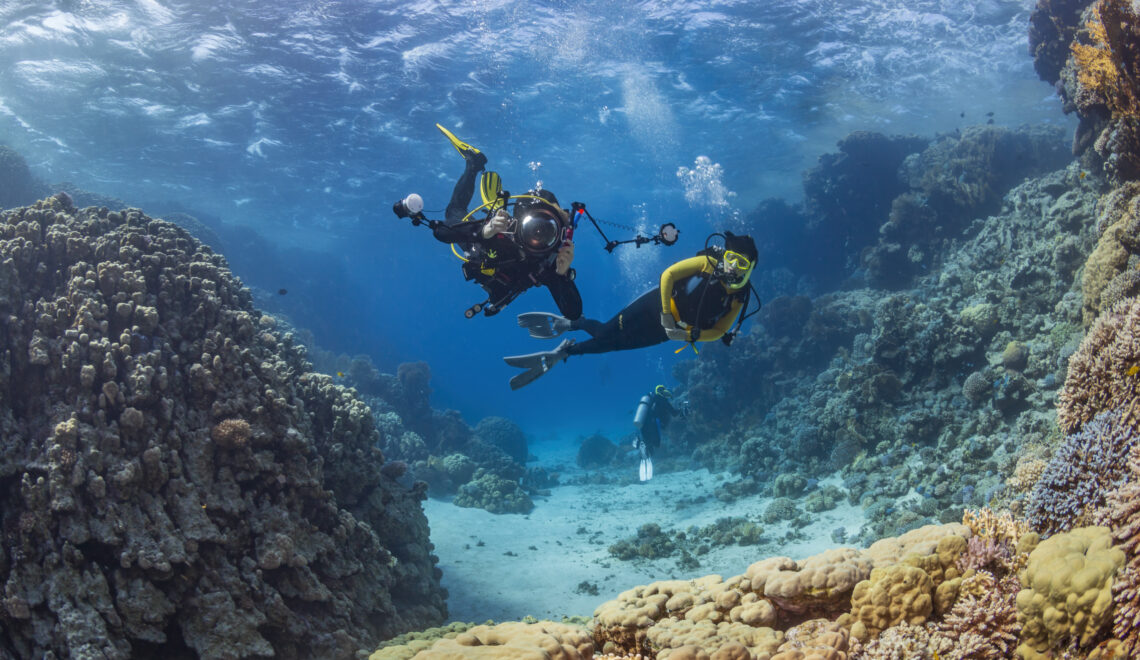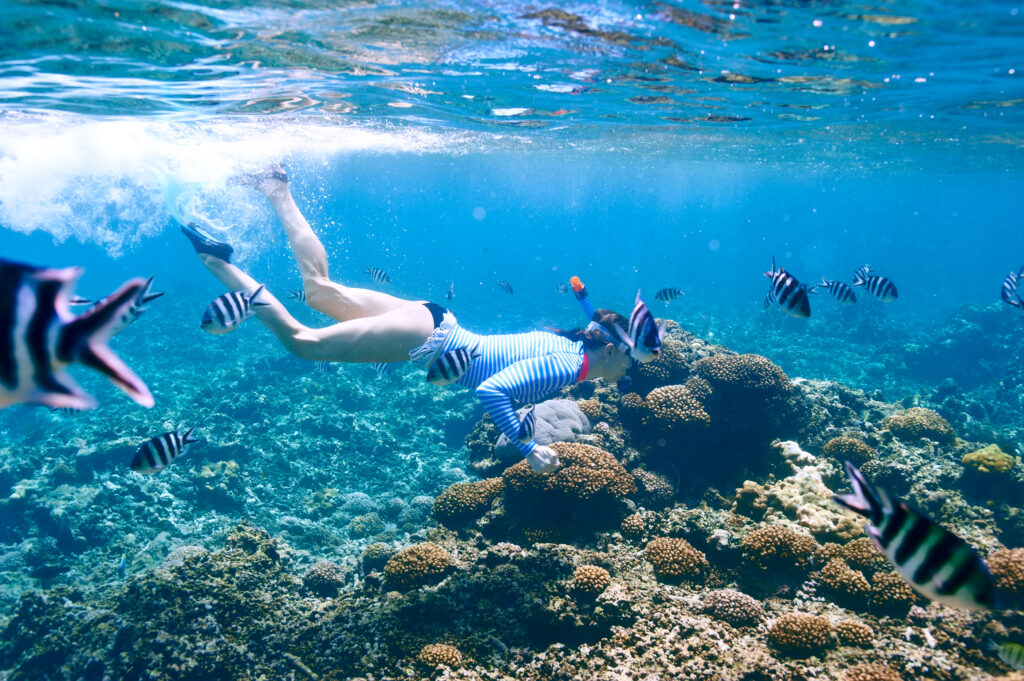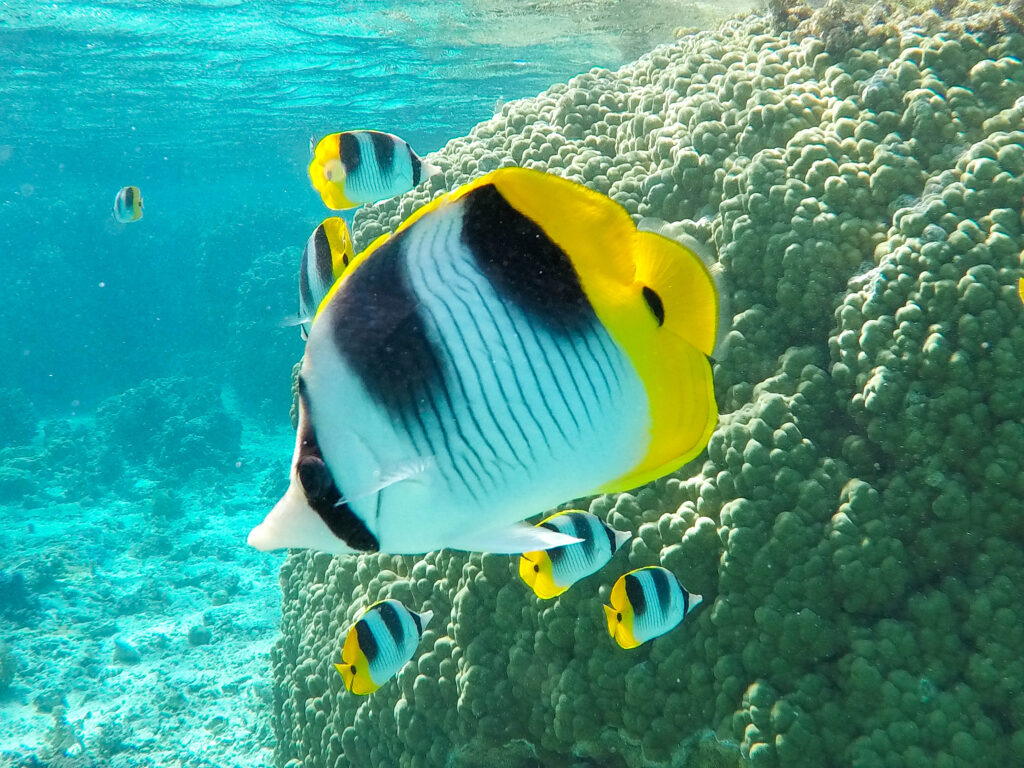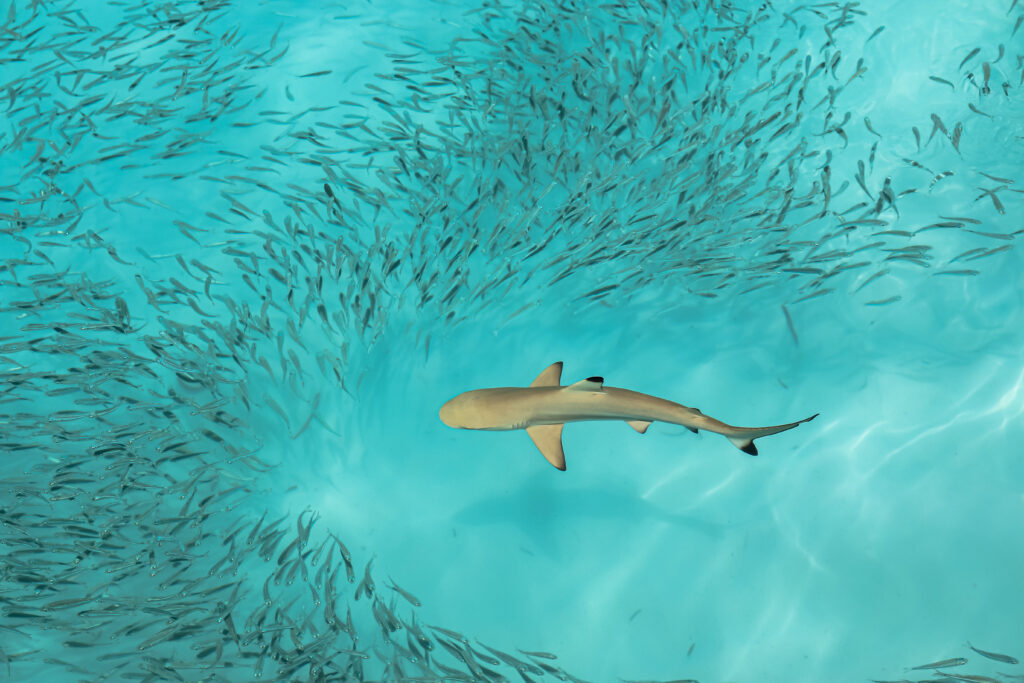Biscayne’s Forgotten History: Shipwrecks and Maritime Heritage
Beneath the serene surface of Biscayne Bay lies a rich tapestry of history, often forgotten but waiting to be rediscovered. Biscayne National Park, renowned for its vibrant marine life and pristine waters, harbors a treasure trove of shipwrecks that whisper stories of maritime adventure, mystery, and tragedy. Join us as we delve into the submerged secrets of Biscayne’s maritime heritage.
Some posts on this site contain affiliate links, meaning if you book or buy something through one of these links, I may earn a small commission at no extra cost to you.
The Maritime Heritage Trail – A Journey Back in Time
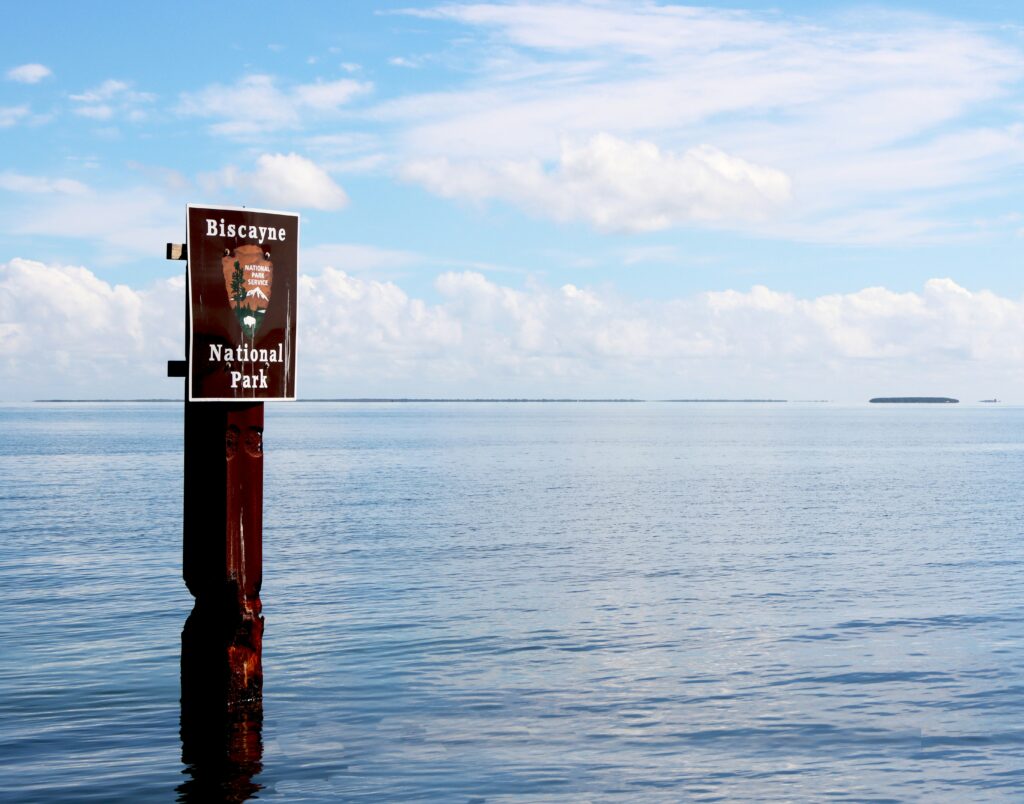
The Maritime Heritage Trail of Biscayne National Park is a testament to the park’s commitment to preserving its maritime history. This trail is a portal to history, an underwater museum of shipwrecks that have woven their tales into the very fabric of these turquoise waters. Imagine following the footsteps of sailors from bygone eras, as you explore six remarkably preserved shipwrecks, each with its unique story to tell.
As you venture into the depths, you’ll encounter a diverse array of vessels, ranging from wooden schooners to robust steel-hulled steamships. These shipwrecks serve as submerged time capsules, preserving snapshots of different epochs in maritime travel. Dating from the late 19th century to the mid-20th century, they offer a window into the evolution of seafaring, from the graceful wooden ships of old to the industrial might of the 20th century.
SS Alicia – A Relic of the Past
One of the stars of the Maritime Heritage Trail is the SS Alicia, a freighter that met its demise in 1926. Its skeletal remains now serve as a sanctuary for marine life, providing a surreal backdrop for snorkelers and divers. The SS Alicia’s story is one of intrigue, as researchers continue to piece together the events leading to its sinking in the shallow waters of Biscayne Bay.
Lugano – The Ghostly Guardian of Biscayne
The ghostly silhouette of the Lugano, a British steamship, haunts the waters of Biscayne National Park. This relic from World War II carries with it an air of mystery. The Lugano’s sinking in 1940 remains shrouded in questions, adding an element of intrigue to its already compelling presence on the maritime trail.
Erl King – A Tale of Tragedy and Resilience
In the annals of Biscayne National Park’s maritime history, the Erl King stands as a poignant reminder of the perils of the sea. This wooden cargo ship, measuring over 200 feet in length, met its fate in the unforgiving waters of Biscayne Bay in 1891. The Erl King’s story is one of both tragedy and the resilience of those who faced the wrath of the ocean.
The Erl King’s final voyage was one marked by tempestuous weather and fierce currents, factors that ultimately led to its grounding on the shallow seabed of Biscayne Bay. While the ship’s cargo of coal and timber was lost to the depths, the crew’s determination to survive prevailed. These sailors, facing adversity in the midst of a remote and uncharted wilderness, managed to find refuge along the shores of what is now Biscayne National Park.
Today, the remnants of the Erl King serve as a testament to the courage of those who navigated the treacherous waters off the Florida coast. The shipwreck, with its weathered timbers and rusted relics, provides a tangible link to a time when maritime travel was fraught with danger.
The Arratoon Apcar – A Journey from Istanbul to Biscayne Bay
The story of the Arratoon Apcar takes us far from the Florida coast, all the way to Istanbul, Turkey. This Turkish cargo ship, which met its end in 1942, embarked on a journey across the Atlantic to deliver a unique cargo. Uncover the intriguing connection between Istanbul’s spice markets and the serene waters of Biscayne Bay.
Mandalay – The Mystique of a Shipwreck
Amidst the treasures of Biscayne’s Maritime Heritage Trail lies the enigmatic shipwreck of the Mandalay. This intriguing vessel, a 110-foot yacht, has an aura of mystique surrounding its untimely demise in 1966. As the Mandalay rests silently on the ocean floor, it beckons adventurers to uncover the story of its final voyage.
The Mandalay was more than just a yacht; it was a symbol of luxury and adventure. Its journey through Biscayne Bay waters, surrounded by the park’s breathtaking natural beauty, was tragically cut short. While the details of its sinking remain a puzzle, the Mandalay invites divers and history enthusiasts to dive into the depths of its past.
Preserving Biscayne’s Maritime Treasures – A Call to Conservation
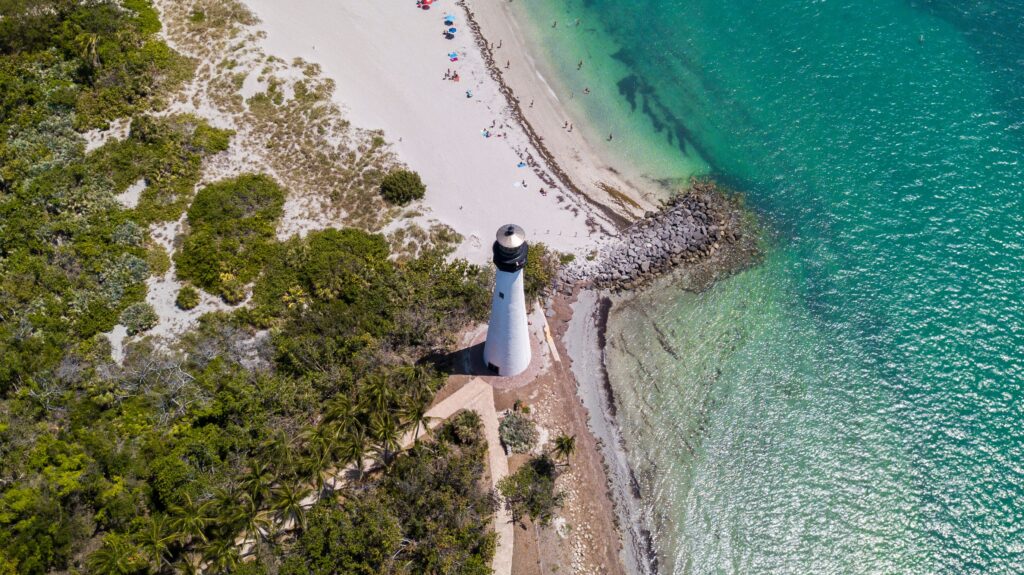
As we conclude our journey through Biscayne’s maritime history, we reflect on the importance of preserving these underwater time capsules. Discover the ongoing efforts to protect and study these shipwrecks, ensuring that future generations can continue to unearth the forgotten tales of Biscayne National Park’s maritime heritage.
Top Reads for Maritime History Buffs
Endurance
1914: Shackleton sets sail for Antarctica on the Endurance, aiming to be the first to cross the continent on foot. But disaster strikes as the ship becomes trapped in ice for months. Facing unimaginable odds, Shackleton and his crew embark on a perilous 850-mile journey across the South Atlantic to safety. Endurance, by Alfred Lansing, recounts this legendary expedition, a testament to human resilience and the will to survive.
In the Heart of the Sea
In 1820, a whaling ship sinks after a clash with a sperm whale. The stranded crew faces over 90 days adrift in small boats, a true story of survival retold in Nathaniel Philbrick’s award-winning book, “In the Heart of the Sea.”
In the Kingdom of Ice: The Grand and Terrible Polar Voyage of the USS Jeannette
In 1879, Captain De Long and his crew set sail on the USS Jeanette to be the first to reach the North Pole. But disaster struck when their ship became trapped in ice. Forced to abandon ship, they faced a grueling trek across the Arctic wasteland, battling harsh conditions and dwindling supplies. In the Kingdom of Ice recounts their epic struggle for survival.

